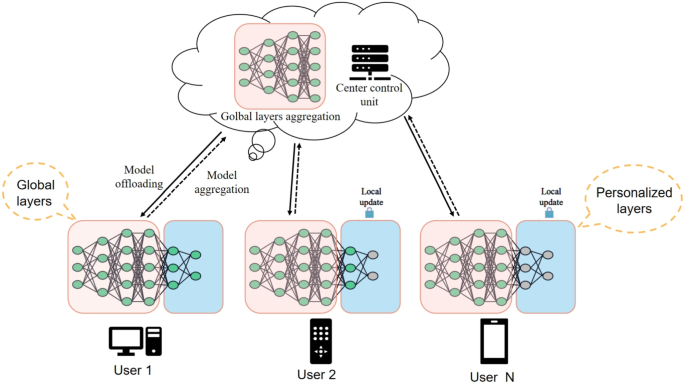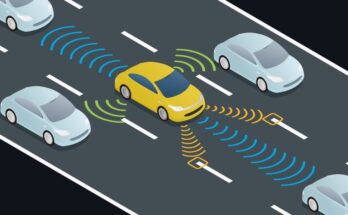Imagine a world where every smartphone, smartwatch, or IoT device becomes a miniature brain—learning independently while contributing to a collective intelligence. That’s the promise of Federated Meta-Learning, a fusion of two revolutionary ideas in artificial intelligence: federated learning, which preserves privacy, and meta-learning, which teaches models to learn faster from fewer examples. Together, they’re redefining how AI adapts, learns, and safeguards user data—all at the edge.
The Challenge: Learning Without Peeking
Traditional AI models are like curious students who must peek into everyone’s notebooks to understand a concept. They require massive centralised datasets, often stored on cloud servers—raising serious privacy concerns.
Federated learning flips this approach. Instead of collecting data in one place, it sends the model to where the data lives—on users’ devices. The model learns locally, then sends only its learnings (not the raw data) back to a central server. It’s like a teacher gathering wisdom from students’ experiences without ever seeing their personal diaries.
This method keeps data secure, but it also introduces challenges: how can one model generalise effectively when each device’s data looks different? That’s where meta-learning enters the picture.
For learners exploring AI and its next-generation applications, structured learning through an artificial intelligence course in Bangalore offers a practical pathway to understanding this synergy between privacy and performance.
Meta-Learning: Teaching AI How to Learn
If federated learning is about where AI learns, meta-learning is about how it learns. Meta-learning, often called “learning to learn,” focuses on giving models the ability to adapt rapidly to new tasks with minimal data.
Consider a doctor who, after years of diagnosing different diseases, can identify a rare condition after seeing just one case. Meta-learning equips AI with this same intuition—using prior experience to master new problems faster.
When applied to federated systems, meta-learning enables local devices to quickly personalise a model without retraining from scratch. This results in a network of adaptive, intelligent nodes that evolve independently yet collaborate collectively.
The Marriage of Two Worlds
Federated meta-learning unites the decentralised nature of federated learning with the adaptive power of meta-learning. Here’s how it works:
- Local Training: Each device trains the model using its private data.
- Model Sharing: Instead of raw data, updates are sent to a global server.
- Meta-Update: The global model learns how to learn from these updates—essentially evolving to adapt faster next time.
- Personalisation: Each device receives a refined model tailored to its unique data patterns.
The beauty lies in balance. It protects individual privacy while continuously improving model accuracy and adaptability.
A learner immersed in an artificial intelligence course in Bangalore will often encounter case studies of this kind—ranging from healthcare diagnostics to predictive maintenance in IoT systems—where local intelligence and global collaboration coexist.
Real-World Applications
The concept may sound futuristic, but it’s already powering several industries:
- Healthcare: Hospitals can collaboratively train models on patient data without sharing sensitive medical records.
- Smartphones: Voice assistants and predictive text models improve over time by learning locally from user interactions.
- Finance: Fraud detection systems refine themselves using distributed transaction data, ensuring customer privacy.
- Edge AI Devices: From autonomous vehicles to wearable sensors, devices learn contextually—faster, safer, and smarter.
This shift represents a move from cloud dependence to edge empowerment—enabling real-time decisions without compromising confidentiality.
The Road Ahead: Challenges and Promise
Like any evolving technology, federated meta-learning faces its share of obstacles. Network instability, uneven data quality, and computational limitations on edge devices remain pressing issues. Additionally, ensuring fairness across devices with vastly different data remains a technical hurdle.
Yet, the potential is immense. As hardware becomes more powerful and communication protocols more efficient, this hybrid approach could redefine digital ecosystems. The dream of a decentralised, privacy-first AI is no longer distant—it’s already unfolding.
Conclusion
Federated meta-learning stands at the intersection of privacy, intelligence, and personalisation. It signals a future where AI learns collectively but thinks individually—mirroring the best of human collaboration.
For professionals stepping into this frontier, the ability to design and implement such adaptive systems will be invaluable. With continuous exploration and structured learning, mastering these concepts will shape the architects of tomorrow’s intelligent world—where machines respect privacy as much as they pursue precision.




